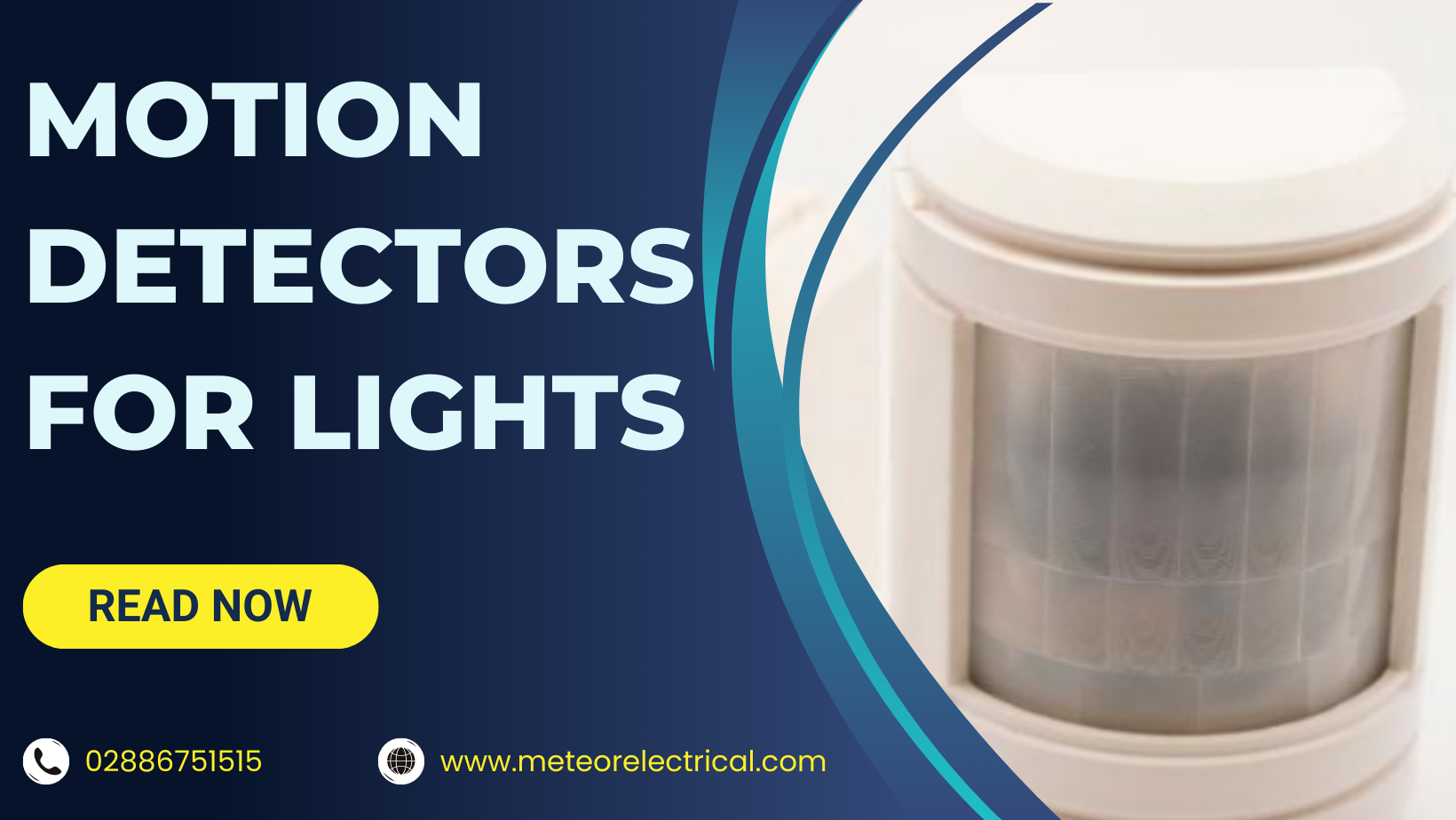The Ultimate Guide to Motion Detectors for Lights: Integrate Automation into Your Lighting System
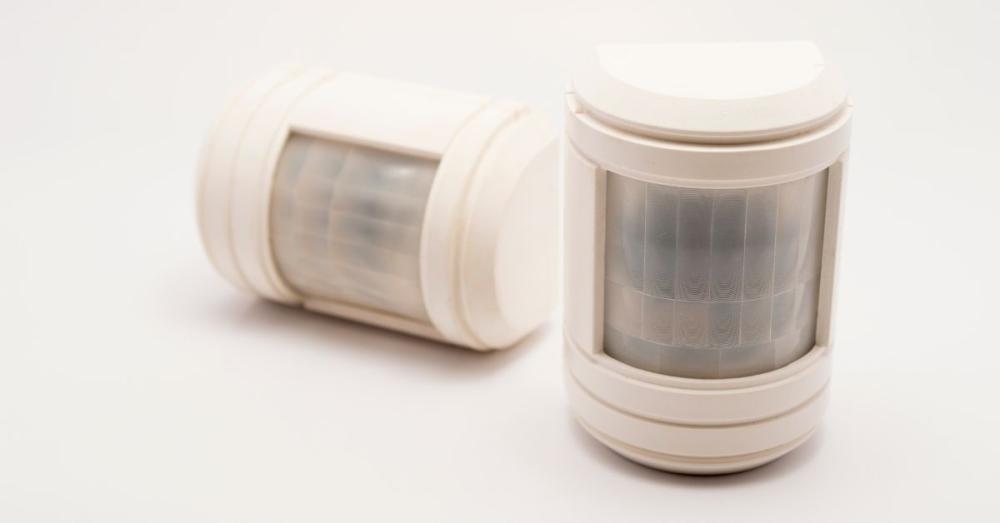
Automated lighting systems can trim household energy usage by up to 50%, making them an appealing choice for both homes and businesses. Motion detectors for lights play a pivotal role in these systems, switching lights on only when needed and turning them off when no one is around. This conserves energy, lowers utility bills, and boosts day-to-day convenience.
In this guide, you’ll learn how motion detectors work, what to consider when looking for motion detectors to buy online, and how to integrate them into your home. By choosing the right sensor—be it a ceiling mount motion sensor, a surface mount PIR sensor—you’ll be able to create a more energy-efficient and secure home environment.
Understanding Motion Detectors for Lights
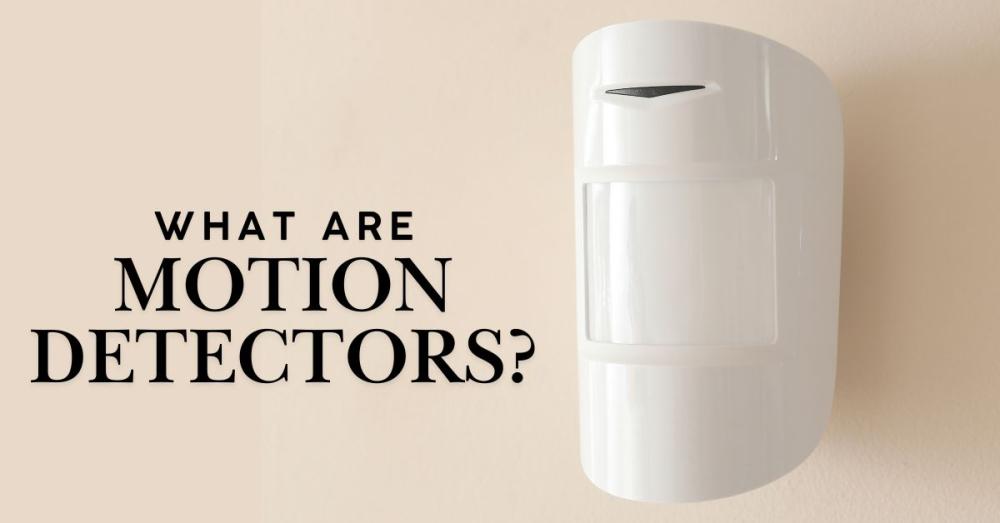
What Are Motion Detectors?
A motion detector senses movement within a targeted area and triggers an action, typically turning lights on. Most motion detectors for lights rely on sensors that detect changes in ambient infrared or microwave signals.
PIR sensors for lighting (Passive Infrared) register variations in infrared energy when a person enters or leaves a space. This prompt in temperature or radiation signals the sensor to power the light. Microwave-based detectors emit pulses and measure their reflections, which can be beneficial for larger areas but sometimes require careful calibration.
Types of Motion Detectors
- Passive Infrared (PIR): Detects body heat; common for home and outdoor use.
- Microwave: Covers bigger spaces but can be more sensitive to interference.
- Dual-Technology: Combines PIR and microwave to reduce false alarms.
Credit: Home Automation Guy
How to Choose the Right Motion Detectors for Your Home: Key Considerations
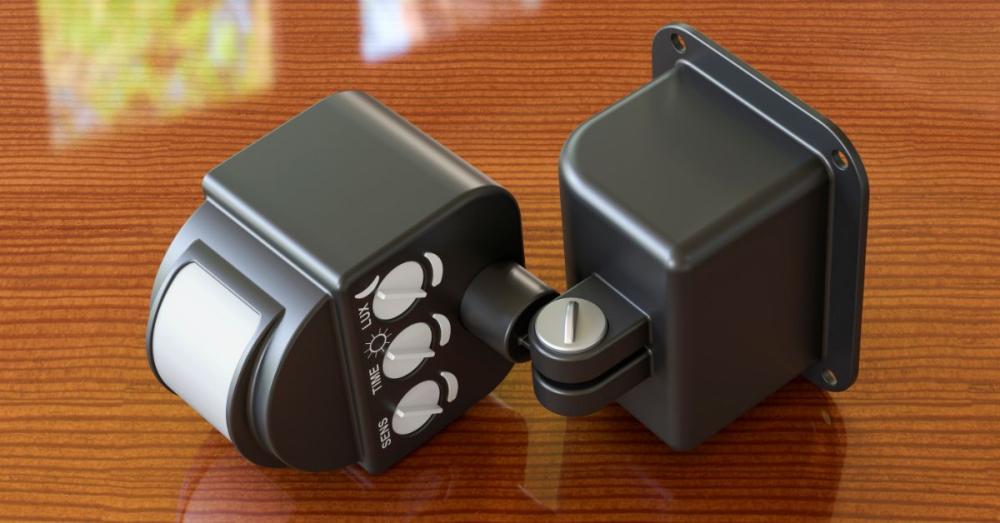
1. Sensor Range and Detection Area
- Some devices detect movement up to 12 meters; others are limited to around 6 meters.
- Verify the detection range matches your room size or outdoor space.
2. Sensitivity and Adjustability
- When looking for perfect motion detectors , look for models allowing fine-tuning of sensitivity to reduce false triggers (e.g., from pets).
- Also check product features providing ease of calibration.
3. Light Control Options
- Some detectors let you set how long lights remain on.
- Advanced options integrate with home automation for dimming or remote scheduling.
4. Power Source
- Battery-Powered: Easier to install; requires battery checks.
- Hardwired: Consistent power but may need professional installation.
5. Durability and Weather Resistance
- For outdoor or high-humidity areas, opt for IP-rated sensors (e.g., IP65 or higher) to withstand rain, dust, or extreme temperatures.
6. Integration Capabilities
- If you have a smart home ecosystem, confirm the compatibility with devices like Alexa, Google Home, or Z-Wave.
Advantages of Installing Motion Detectors for Lights in Your Home
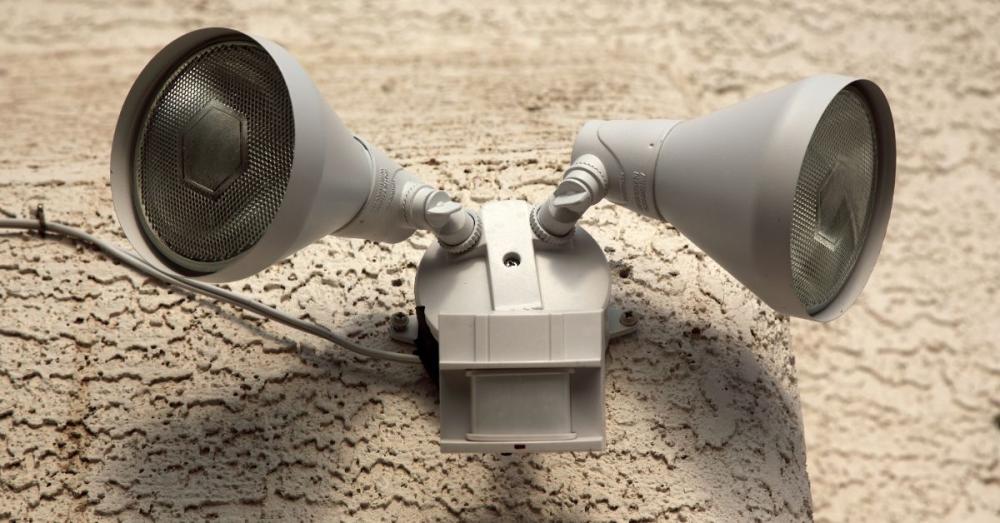
- Energy Efficiency: Lights turn on only when movement is detected, curbing unnecessary power usage.
- Enhanced Security: Brightly lit entrances discourage intruders and make it easier to identify visitors.
- Convenience and Automation: No more fumbling for switches in dark hallways or entryways.
- Cost Savings: Lower energy consumption translates into reduced utility bills over time.
- Improved Ambiance: Automated lighting adds a modern, hands-free touch to your home.
PIR vs Microwave Sensor: A Direct Comparison
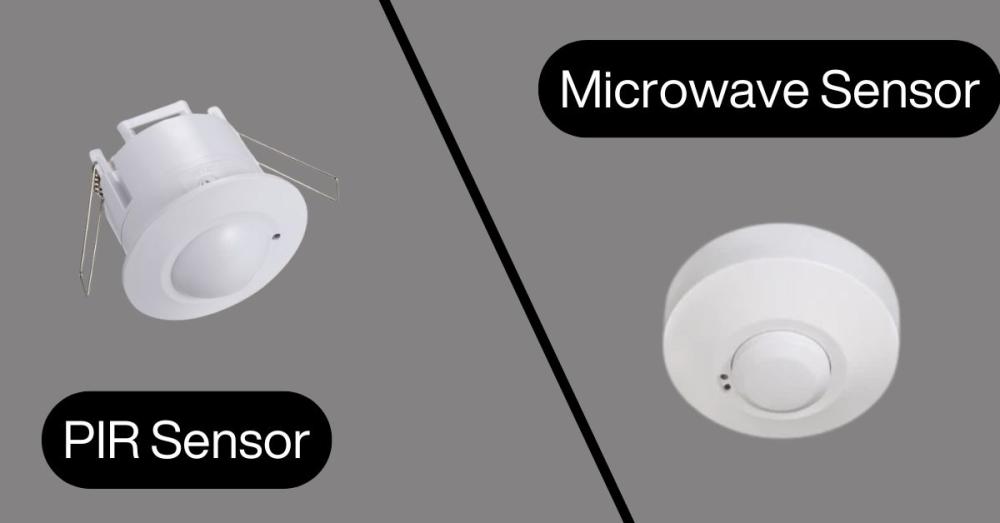
When deciding between PIR vs microwave sensor consider the following:
- PIR Sensors for Lighting: Ideal for smaller or medium areas, less prone to false alarms if installed correctly.
- Microwave Sensors: These are better for covering large or open layouts. Can detect movement through certain obstacles but may need careful tuning.
Base your decision on the size and layout of the space, as well as potential interference issues.
Integrating Motion Detectors with Your Lighting System
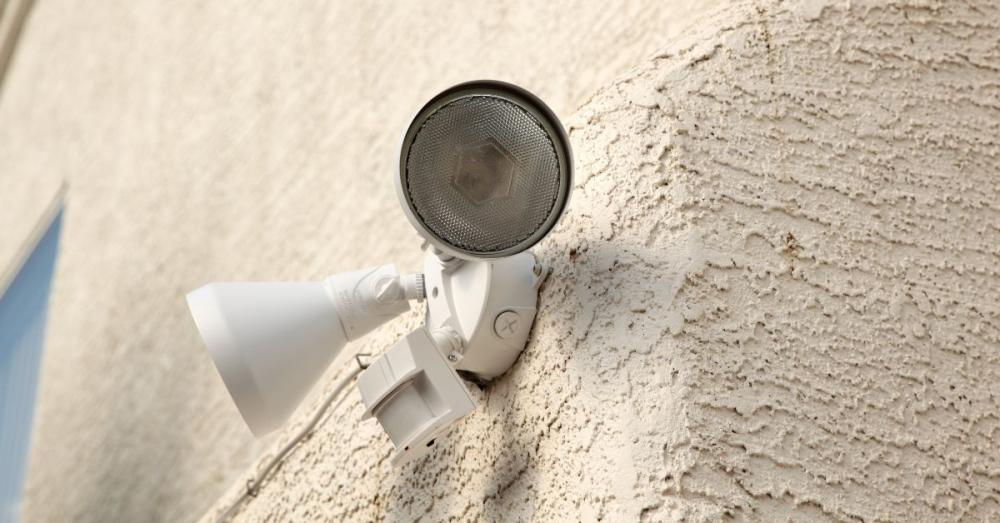
1. Automation Scenarios
- Automatically illuminate your driveway when you arrive.
- Light up hallways at night for safer navigation.
2. Using Timers and Schedules
- Many sensors come with built-in timers to control how long lights stay on.
- Scheduling ensures lights remain off during low-traffic periods.
3. Linking with Other Automation Devices
- Combine motion detectors for lights with security cameras or alarm systems for added protection.
- Integrate with smart home platforms, enabling remote monitoring and management.
Credit: The Home Depot
Brighten Your Home the Smart Way with Meteor Electrical
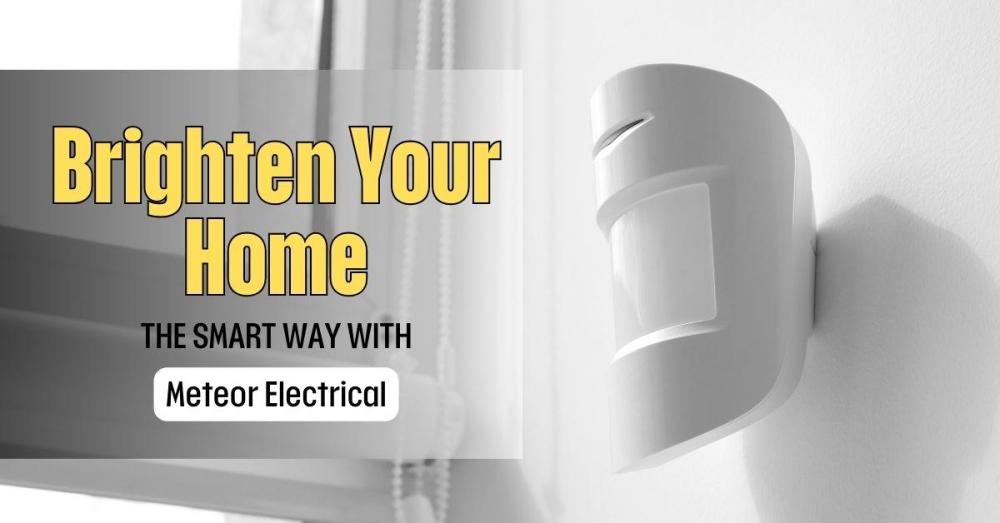
Meteor Electrical provides a wide range of motion detectors for lights, suitable for both residential and commercial settings. We offer diverse options from the top brands—perfect for those seeking wholesale motion detectors online.
Our Top Product Offerings:
1. THEBE 360 Degree Recess Mount PIR Sensor Forum
- IP20 rated, 360° detection angle, max distance 6m
- Adjustable time delay (3s–15m)
- Ambient light level: 3–2000 lux
2. Zinc Dion IP65 Adjustable Motion Sensor with Manual Override White Forum
- IP65 rating, 5–12m detection range
- 10s–15m adjustable timer
- Ambient light level: 3–2000 lux, manual override
Embrace automation in your home with motion detectors buy online at Meteor Electrical today!
Conclusion
By selecting the right motion detectors for lights, you can make your home more energy-efficient, secure, and comfortable. Whether you need a ceiling mount motion sensor for a tight indoor space or a surface mount PIR sensor for open areas, there’s a perfect fit out there.
For reliable products, consider exploring wholesale motion detectors online at Meteor Electrical to equip every nook without overspending. Elevate your lighting experience today and enjoy the lasting benefits of automation.
FAQs
1. Can I install motion detectors myself?
Yes. Battery-powered models are often DIY-friendly. For hardwired detectors, consider hiring an electrician if you’re not comfortable with wiring.
2. How do I avoid false triggers with pets?
Choose motion detectors offering adjustable sensitivity. Mounting height and angle also help minimize inadvertent signals.
3. What’s the best option for outdoor use?
Pick a model with a suitable IP rating (like IP65) to handle weather conditions. PIR sensors are popular outdoors, though microwave options work well for large, open areas.

